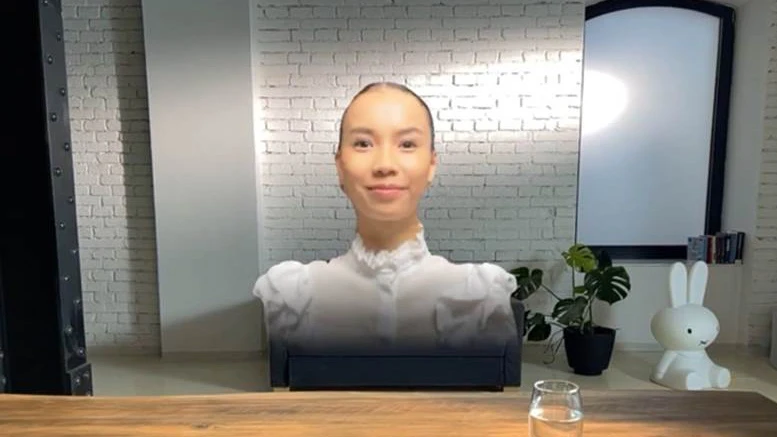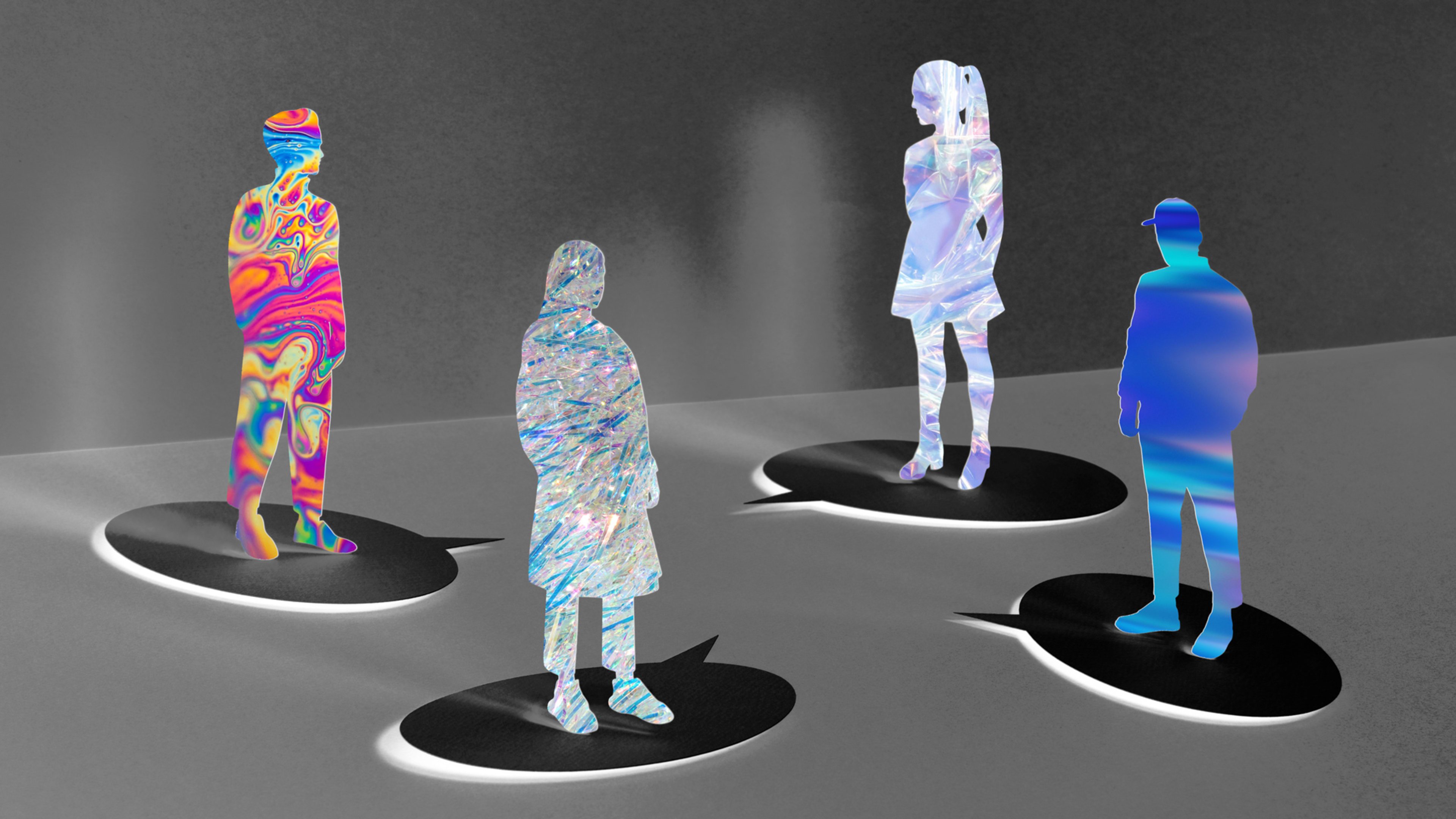Zoom fatigue is overwhelming for a lot of people these days. And meetings in the metaverse, so far, have seemed more like playing a reheated version of Second Life. But the use of holograms could make remote meetings a lot more interesting in the years to come.
At this year’s South by Southwest conference, a startup founded by an AI researcher and a veteran of Ubisoft, is looking to bring the technology a step closer to the mainstream. Matsuko, a finalist in this year’s Extended Reality & Immersive Technology category at SXSW Pitch, has created a real-time hologram-meeting app that looks to make remote video meetings feel more like IRL conversations by using 3D holograms. And all you need to make it work: an iPhone and the company’s app.
“If these past two years have shown us anything, it is that as humans we need each other’s presence,” said Maria Vircikova, cofounder and CEO of Matsuko. “And even though we have come a long way with remote communication, today’s tools are still way too distant. Our brain is wired for the third dimension, and we need a sensation of people physically being there.”
Vircikova, an AI researcher, and Matus Kirchmayer, a former programmer on the Assassin’s Creed video game (who also ran the AI Behaviors team on the first game), cofounded Matsuko in 2017 and have been working in stealth until just recently.

The app lets people stream holographic images of themselves via their iPhone camera. Other meeting members, using the app and wearing XR glasses (or, soon, the Meta Quest 2) will be able to see the other party as if they were in the room (though the image is a bit jagged, much like when someone uses a virtual background on Zoom).
There’s been a recent surge of interest in holographic technology after photo-realistic holograms of deceased musicians were used at high-profile concerts and the London Olympics’ Closing Ceremony in 2012. As the pandemic has lowered resistance to virtual presentations, companies are looking for inventive ways to showcase themselves and their products. Several startups are exploring the space, along with teams at Google and Microsoft.
One, Portl, which is a finalist for the SXSW Innovation Awards and is on Fast Company’s Most Innovative Companies list, offers a seven-foot-high box that comes with a camera, light, microphone, and backdrop. Using those tools, someone can sit in a remote office and set up the camera and mic, ensure the lighting is good, then appear remotely wherever the box is set up. (It’s especially useful for convention meetings.)
Portl charges $65,000 for the entire system, which allows users to communicate without the use of headsets. (A tabletop version showing a smaller version of the other person goes for $5,000.) Bloomberg reports the company has raised $15 million to date and expects to sell 500 booths and 5,000 tabletop units this year.
Google, meanwhile, is working on Project Starline, a three-dimensional projection system that acts as a sort of “magic mirror” through which you can see someone, in another part of the world, life-size and in three dimensions. The company says it creates a sense of reality using a light-field-display system that creates a sense of volume and depth that can be experienced without glasses or headsets.
Google’s project is still in the experimental phase and not available commercially, but the company hopes to bring some of the technical advancements into its communication products at a later date.
We’re still a long way from the holograms of science fiction films, but as more companies pursue the technology, it no longer looks like the stuff of pure fantasy.
Correction: An earlier version of this article listed an incorrect price for Portl’s system.
Recognize your brand's excellence by applying to this year's Brands That Matters Awards before the early-rate deadline, May 3.
